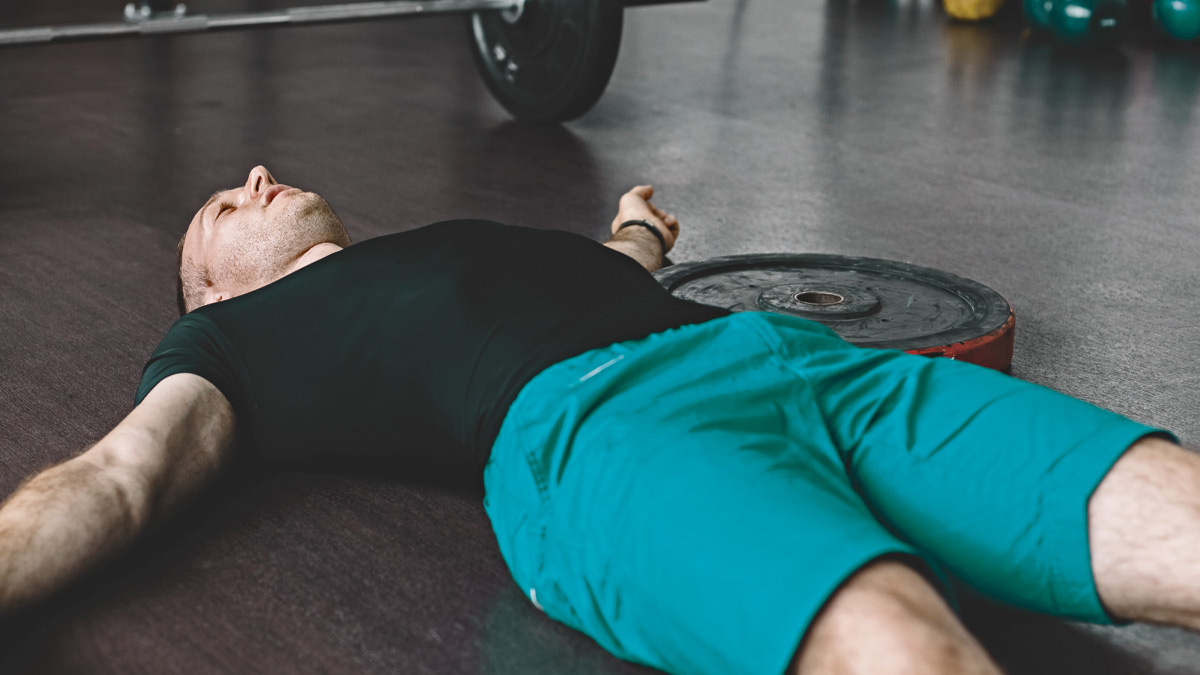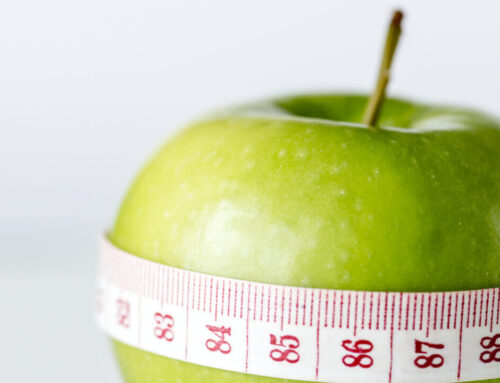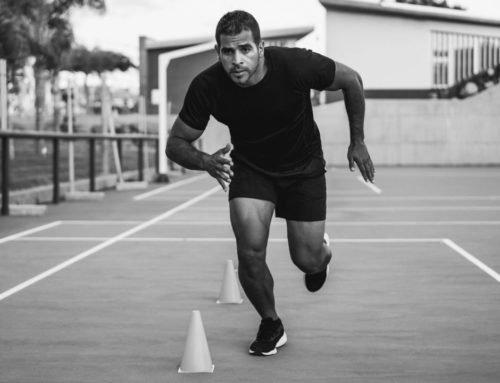Breath!
It does come naturally but perhaps not as naturally as you might imagine. Here’s why training it will impact every aspect of your training and recovery.
You probably breathe either through your apex (upper chest) or your diaphragm (belly), but why does it matter? Well, many sports teams are
teaching athletes the proper way to breathe to boost their performance. This is done using the model of the most unlikely source: babies. When it sleeps, a baby’s belly fully inflates but as you get older this stops and you don’t fully inflate, which is where the problems start.
Proper diaphragmatic breathing activates your Parasympathetic Nervous System (PNS), which is the portion of the autonomic nervous system responsible for rest and digestion. Shallow breathing activates your sympathetic nervous system (SNS), which is the system responsible for your “fight or flight” response.
Without getting too deep into these nervous systems, suffice to say that stimulation of the PNS promotes recovery and energy conservation, while stimulation of the SNS promotes additional stress and, as we know, stress is counterproductive to your health and wellness, to say the least.
BREATH TEST
Exercises like Tai Chi and Chi Quong involve eustress versus distress, which harnesses positive stress over the negative variety. Both these martial arts are exercises that involve deep breathing, slow, controlled movement, relaxation and self-healing. Consistent practice of these creates a rhythmic type of exercise that has been documented to improve many things such as blood pressure, flexibility, strength, aerobic conditioning, sleep, balance and overall wellness. Fortunately, you’re already very good at breathing but it’s worth refining your technique in a controlled manner to gain all the benefits.
Out For The Count
Lie on the floor and focus your mind’s eye on your hands, before working down to your feet. Each number corresponds to a count and body part. It starts with a couple of deep cleansing breaths.
Step 1
Focus on breathing in for a count of four seconds, hold for two seconds and breathe out for a count of six seconds. Focus on your left thumb.
Step 2
Focus on your breathing (as above) and move down to your left palm. Breathe in for a count of four, hold for two seconds and then breathe out for six. Be aware of your breathing and move your diaphragm all the way up and down.
Step 3
Move your awareness down to your left forearm, using the same breathing pattern as before (4, 2, 6). It is important that you focus on the exhalation.
Step 4
Now move your focus to your left bicep, and repeat the breathing pattern (4, 2, 6). Again, it’s important to focus on the exhalation and empty your lungs as completely as you can.
Step 5
Move your attention onto your left shoulder with the same (4, 2, 6) breathing pattern. Focus on relaxing the body completely and totally. In particular, relax the body parts that you have already focused on.
Step 6
Move into the left pectoral region and focus your mind’s eye on your pecs. The more you relax the more your chest, neck and head will respond. Repeat the breathing pattern the same as before. Focus on relaxing your whole body.
Step 7
Move to your left hip region and repeat the breathing pattern. Focus on relaxing the back and hip region like water running over a rock or snow melting.
Step 8
Move from your hip to your quad – the front of your thigh. Focus on completely relaxing your quad and muscles around your knee. Repeat the same 4-2-6 breathing pattern.
Step 9
Tune into your ankle. Repeat the same 4-2-6 breathing pattern. Focus on relaxing your ankle completely. The left side of your body should feel heavier than the right side.
Step 10
On the left side focus on your whole foot. Repeat the same 4-2-6 breathing pattern. Focus on letting go completely of your left side. The left side should feel heavier than the right.
Step 11
Finally, start the same process on your right side of your body. This whole process should take you 2-5 minutes.
WHAT YOU’LL GAIN
This is one style of learning deep breathing techniques. There are many more that are worth investigating. How does this translate into improved athletic performance? One concept you learn about performing from these types of exercises is greater awareness or mindfullness of your breathing. More awareness of your breathing will help you gain control of your heart rate. This will help dilate your blood vessels which helps lower your blood pressure, so you can tune into what is going on in your body. During an athletic event or activity, being able to control your heart rate and breathe deeper will increase the oxygen fl ow to your working muscles. This will assist in energy production and performance.
Deep, controlled breathing can also improve recovery as well, especially between heavy sets of weightlifting. Increased oxygen uptake will increase the speed with which quick energy systems (ATP and CP) replenish themselves for anaerobic type of activity that involves quick bursts of motion. Being able to recover more quickly between sets and exercises will enhance overall performance. If you don’t have time to devote to this, then simply add them in when you are stretching and you’ll find that just a little goes a very long way.







